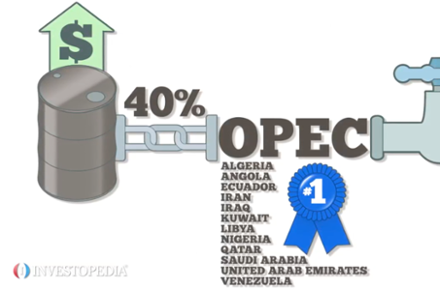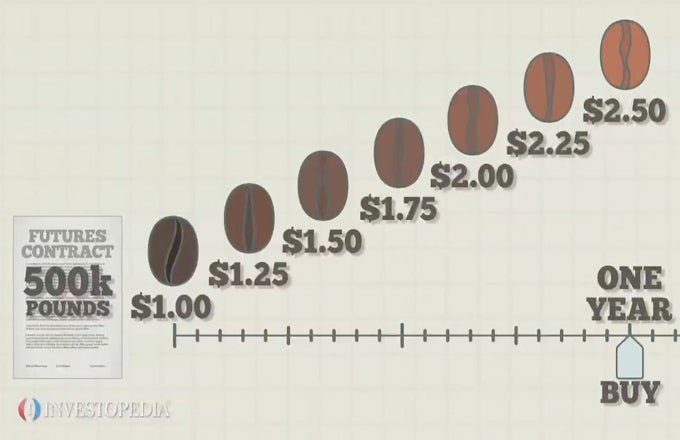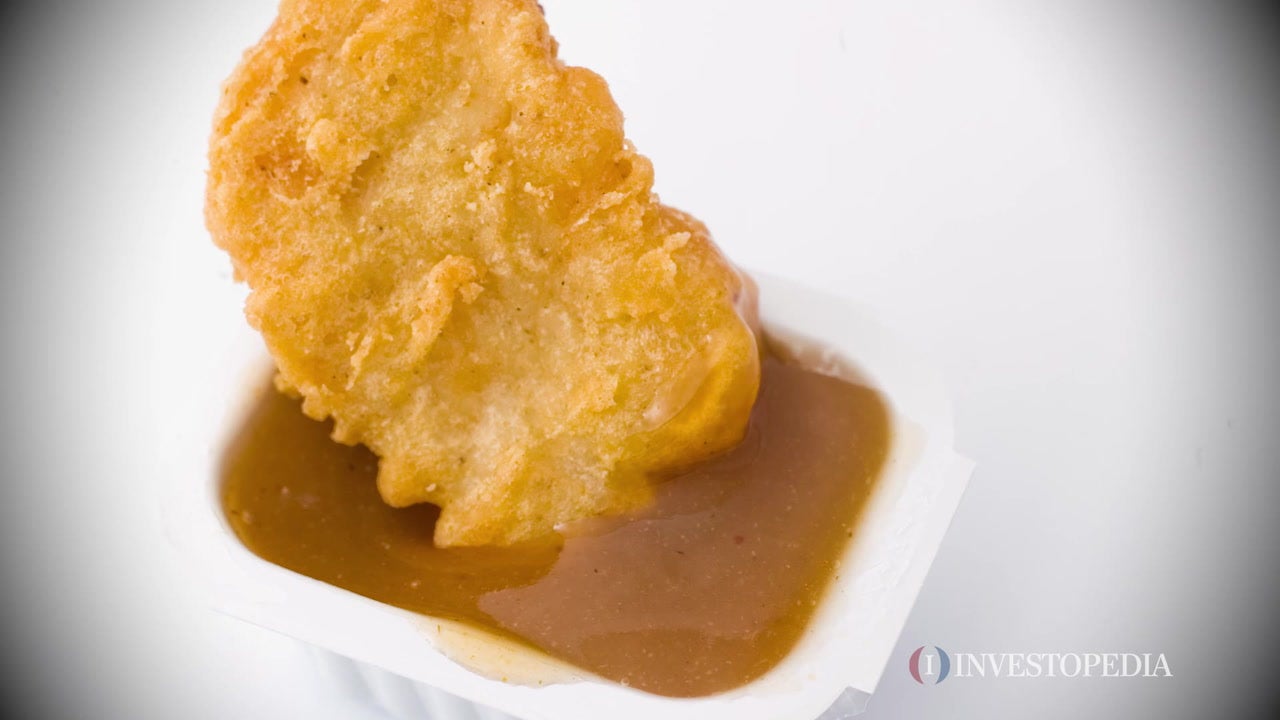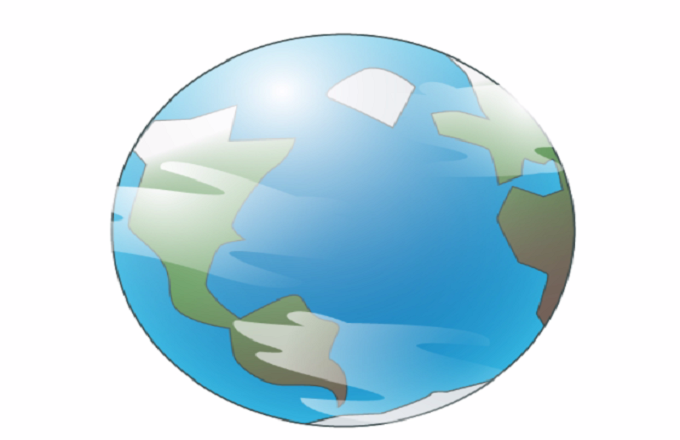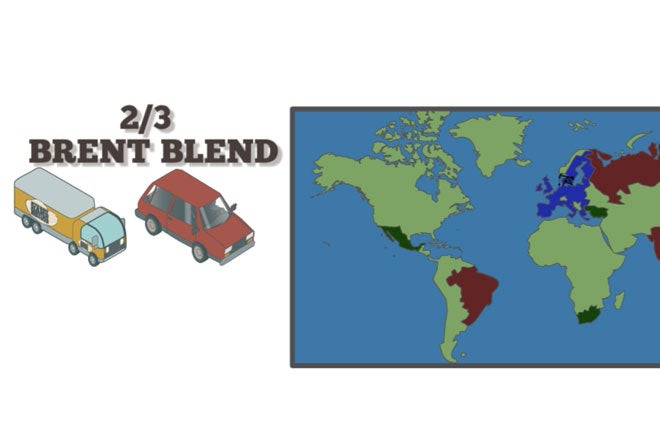Crude oil is a natural petroleum product that’s composed of organic materials, including hydrocarbon deposits.Crude oil can be refined into usable products such as gasoline. It’s a nonrenewable resource, meaning it cannot be naturally replaced at the rate it’s consumed. Crude oil is normally found through drilling. It sits below natural gas and above saline water. It’s often called “black gold,” but the color of crude oil ranges from black to yellow, depending on its composition. Crude oil was first discovered during the Industrial Revolution. It remains a widely demanded commodity that often sparks unrest because a small number of countries control the largest reservoirs. Supply and demand drive crude oil’s profitability, and the U.S., Saudi Arabia, and Russia are among its top producers. The Organization of Petroleum Exporting Countries, or OPEC, consists of many influential oil producers. It used to have considerable leverage that could impact oil prices. Then the U.S. became a leading oil producer in the late 19th and early 20th centuries, and developed the technology to turn oil into products like gasoline. In the early 21st century, hydro-fracturing created a second U.S. energy boom, which reduced OPEC’s influence. Crude oil’s adverse effects include global warming, which stems from heavy use of fossil fuels. Risks to the ecosystem include oil spills and ocean acidification. As a result, manufactures are creating products that run on alternative energy sources, like electric cars.
